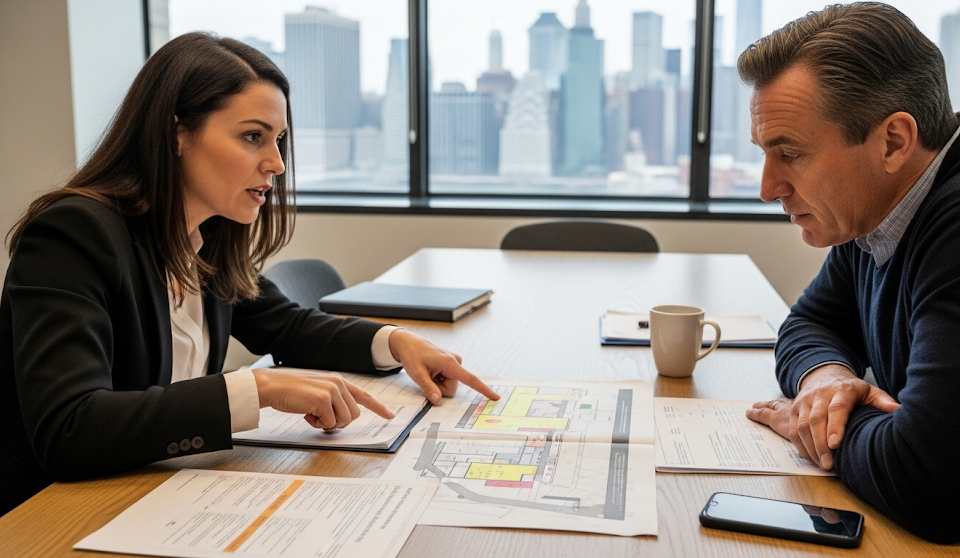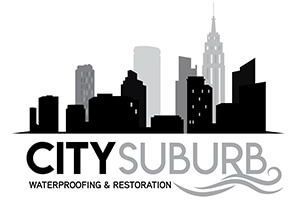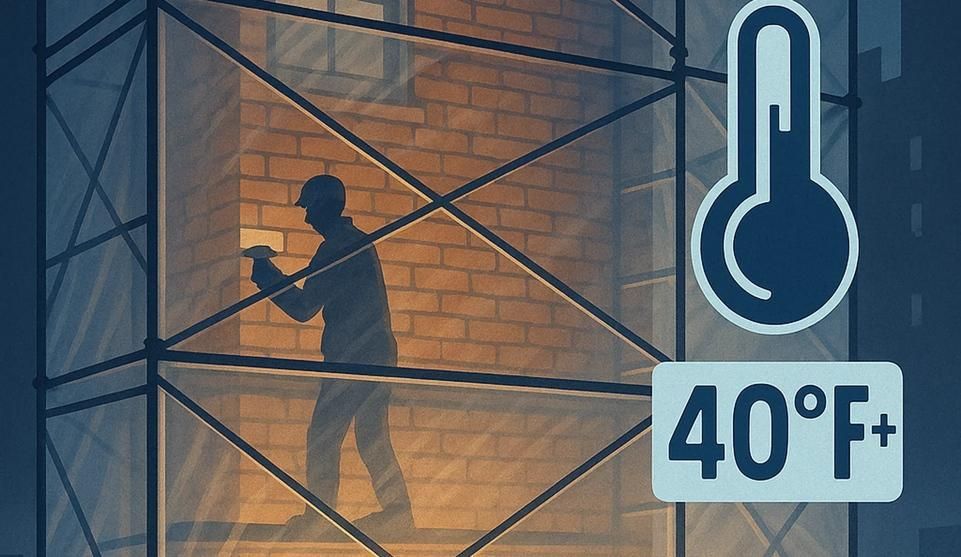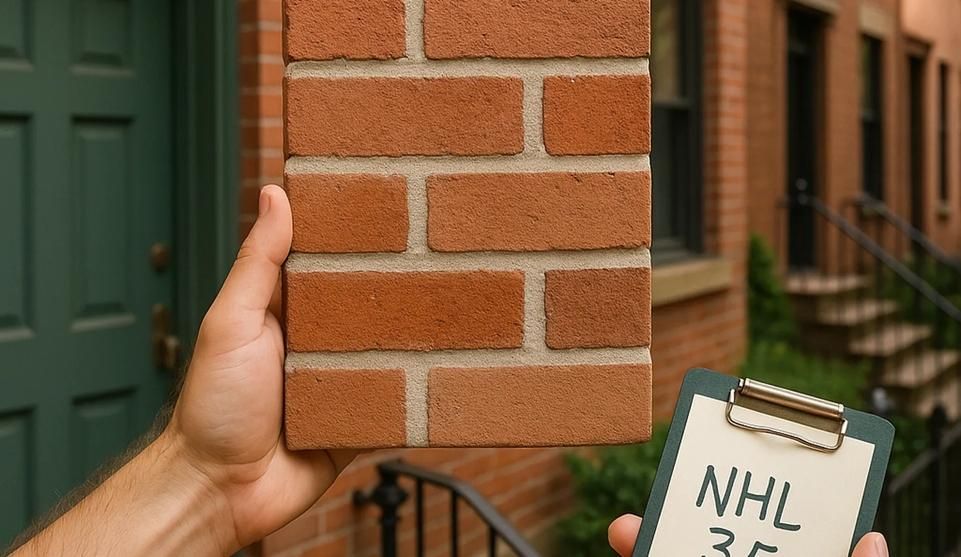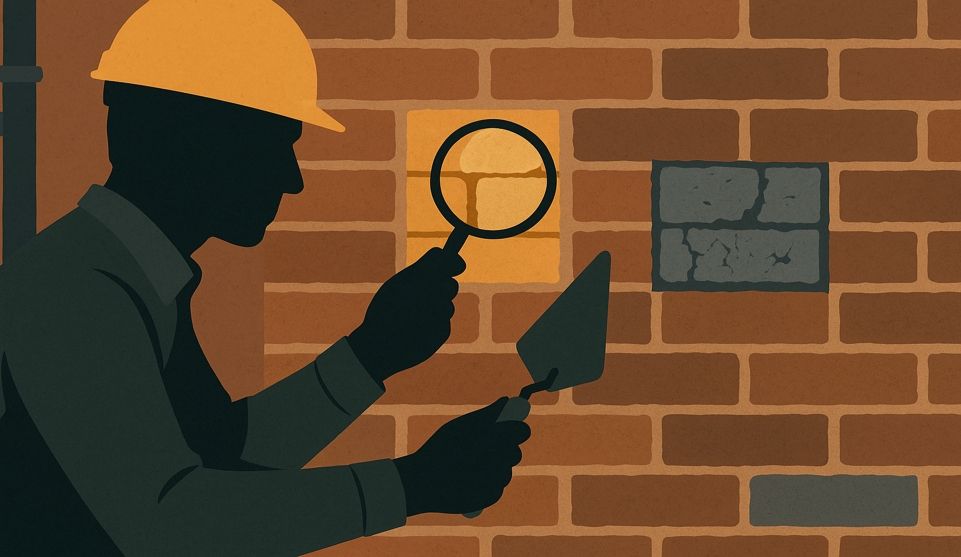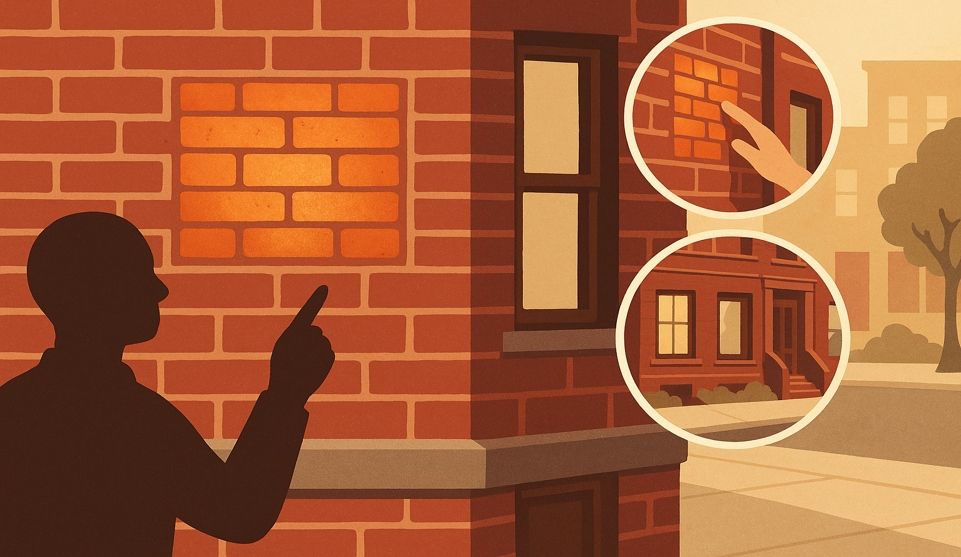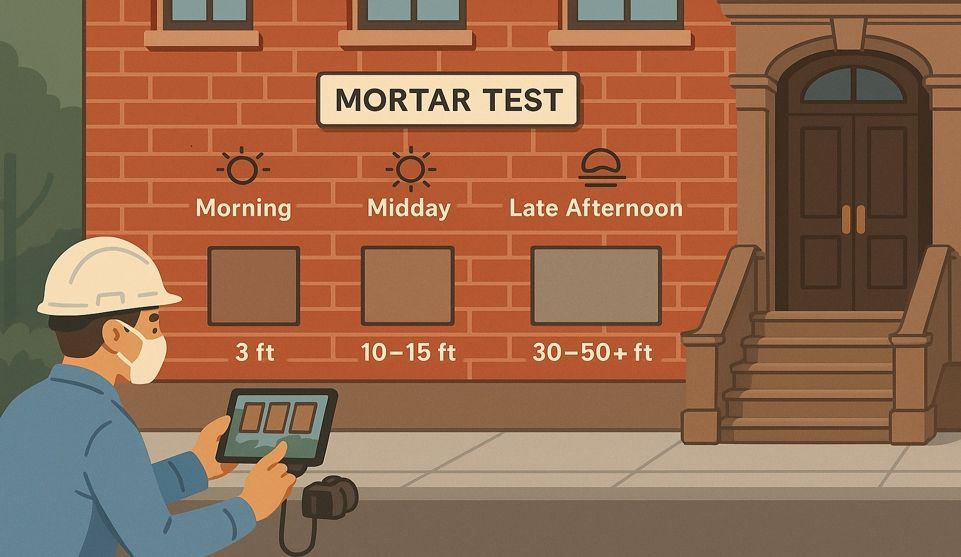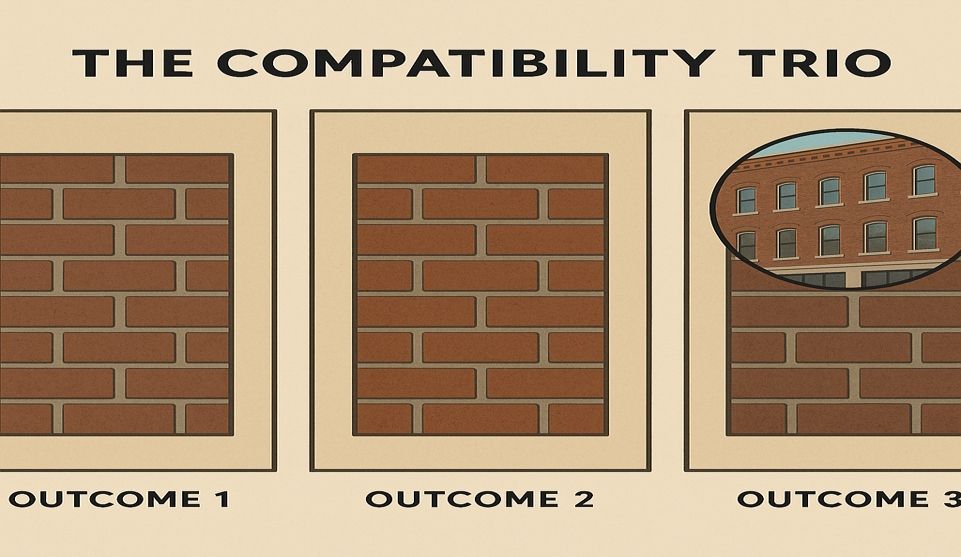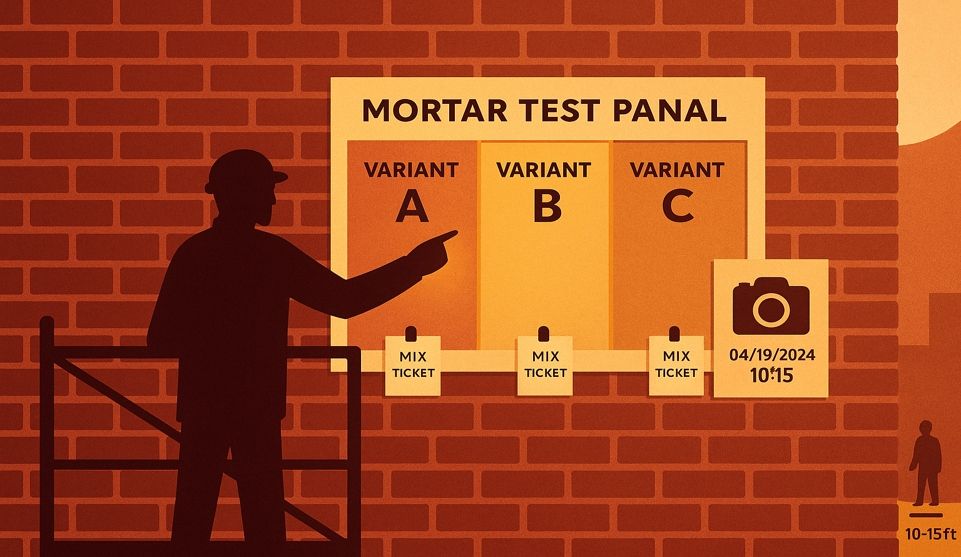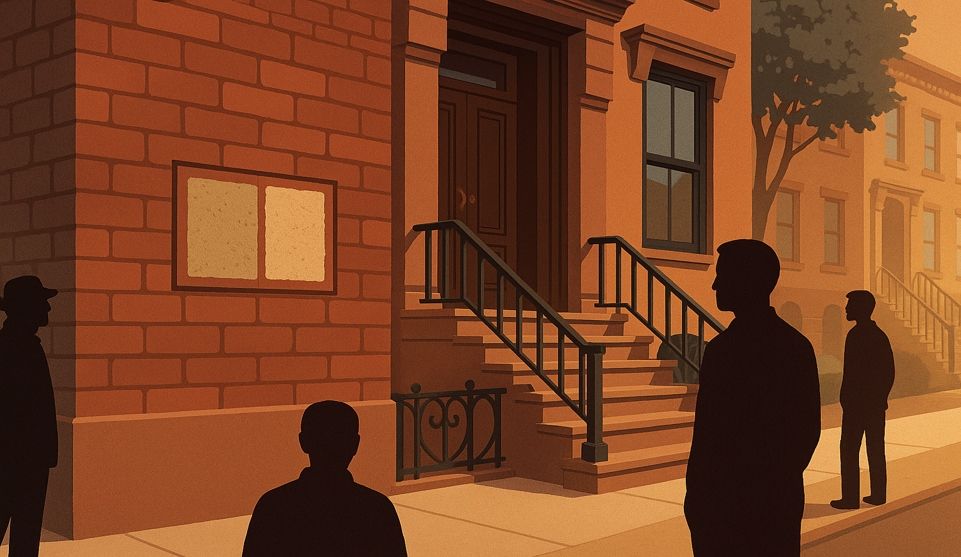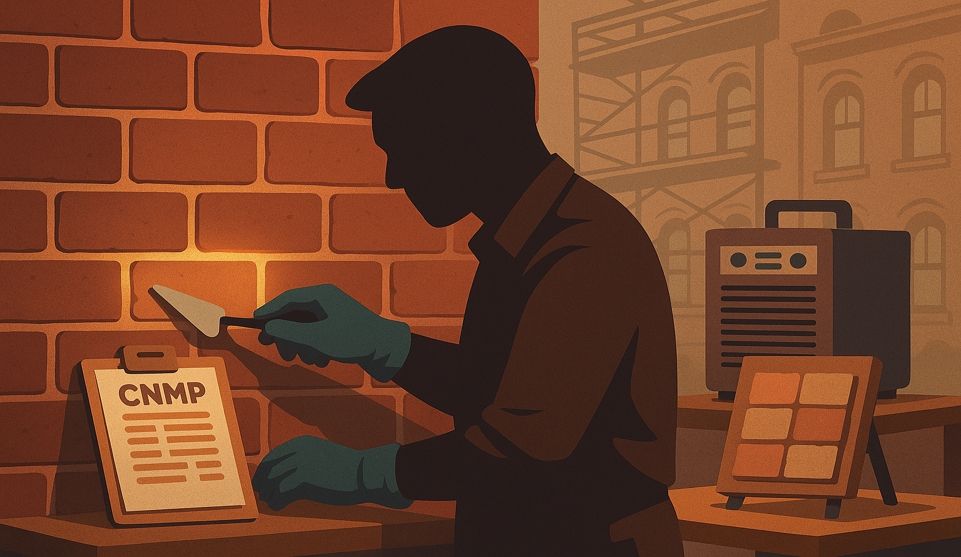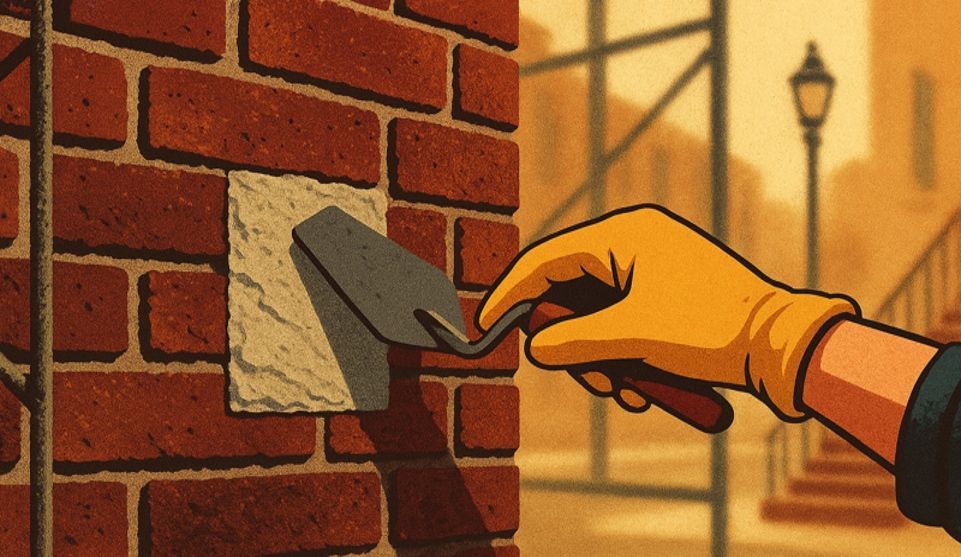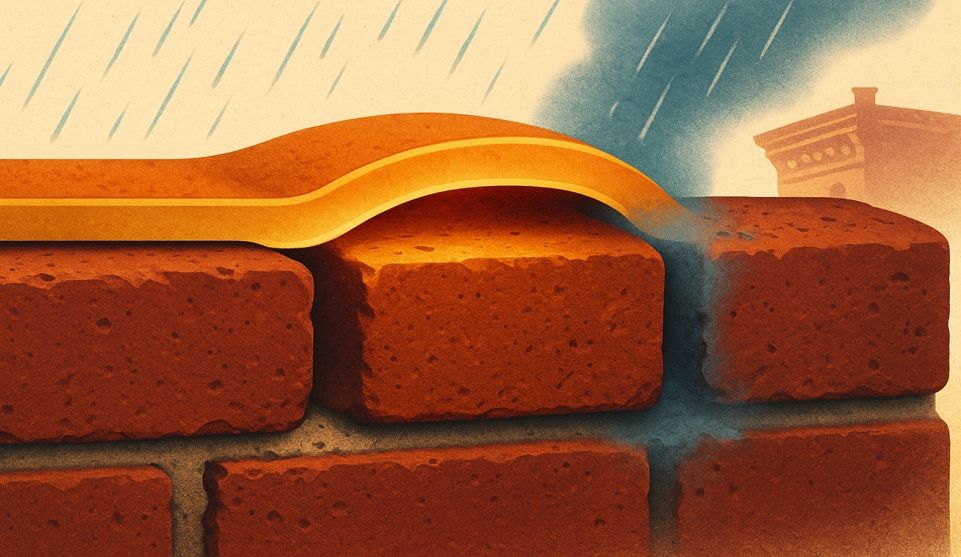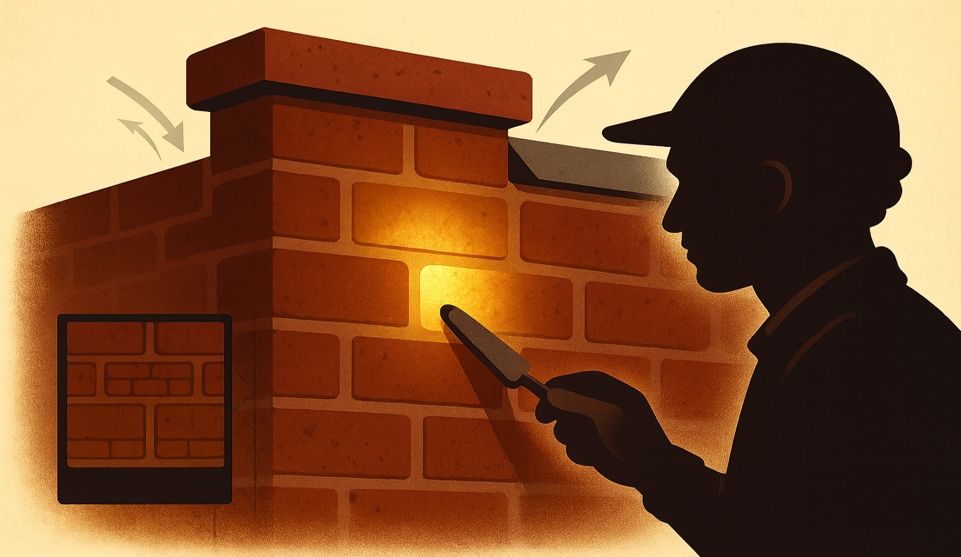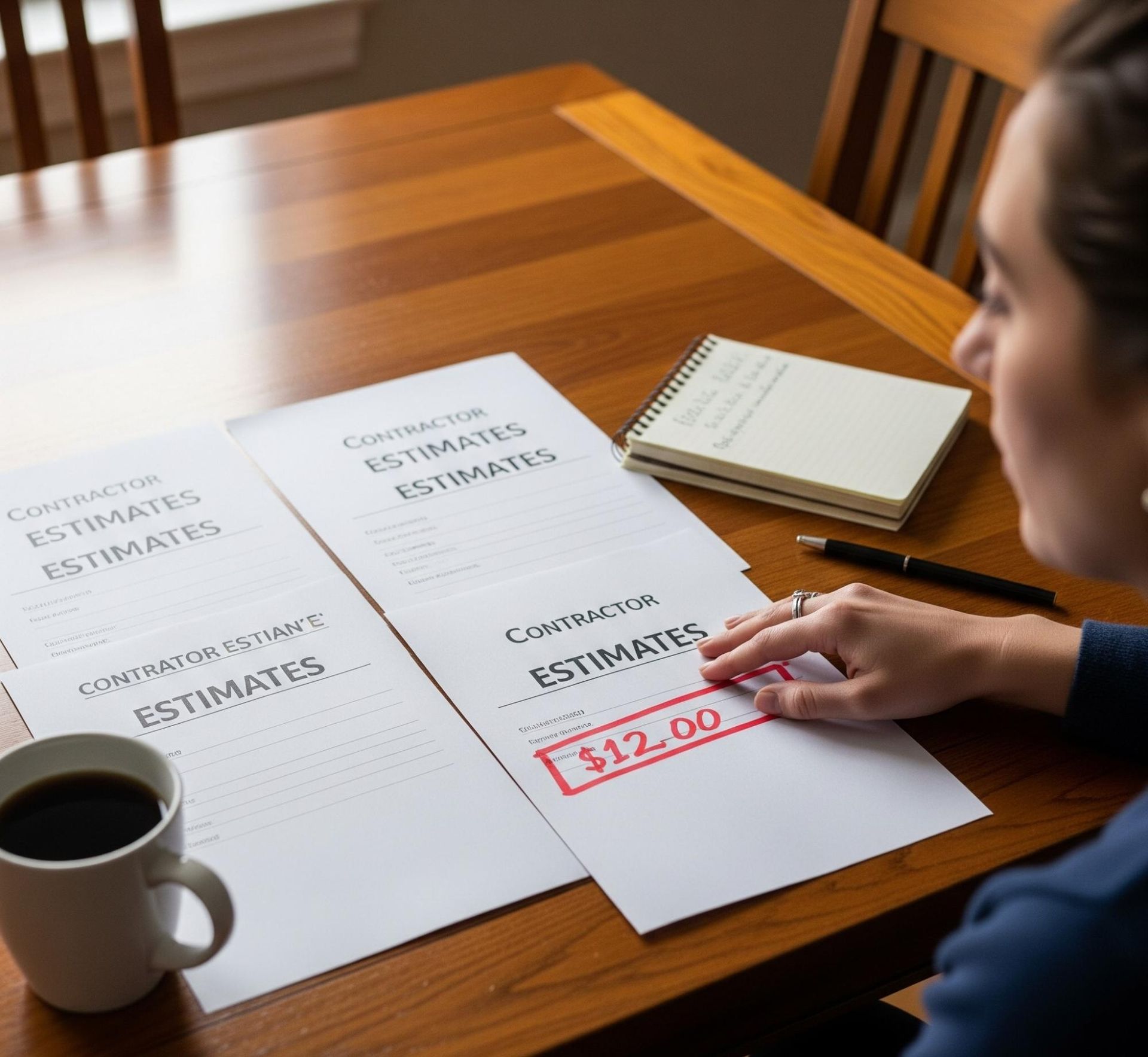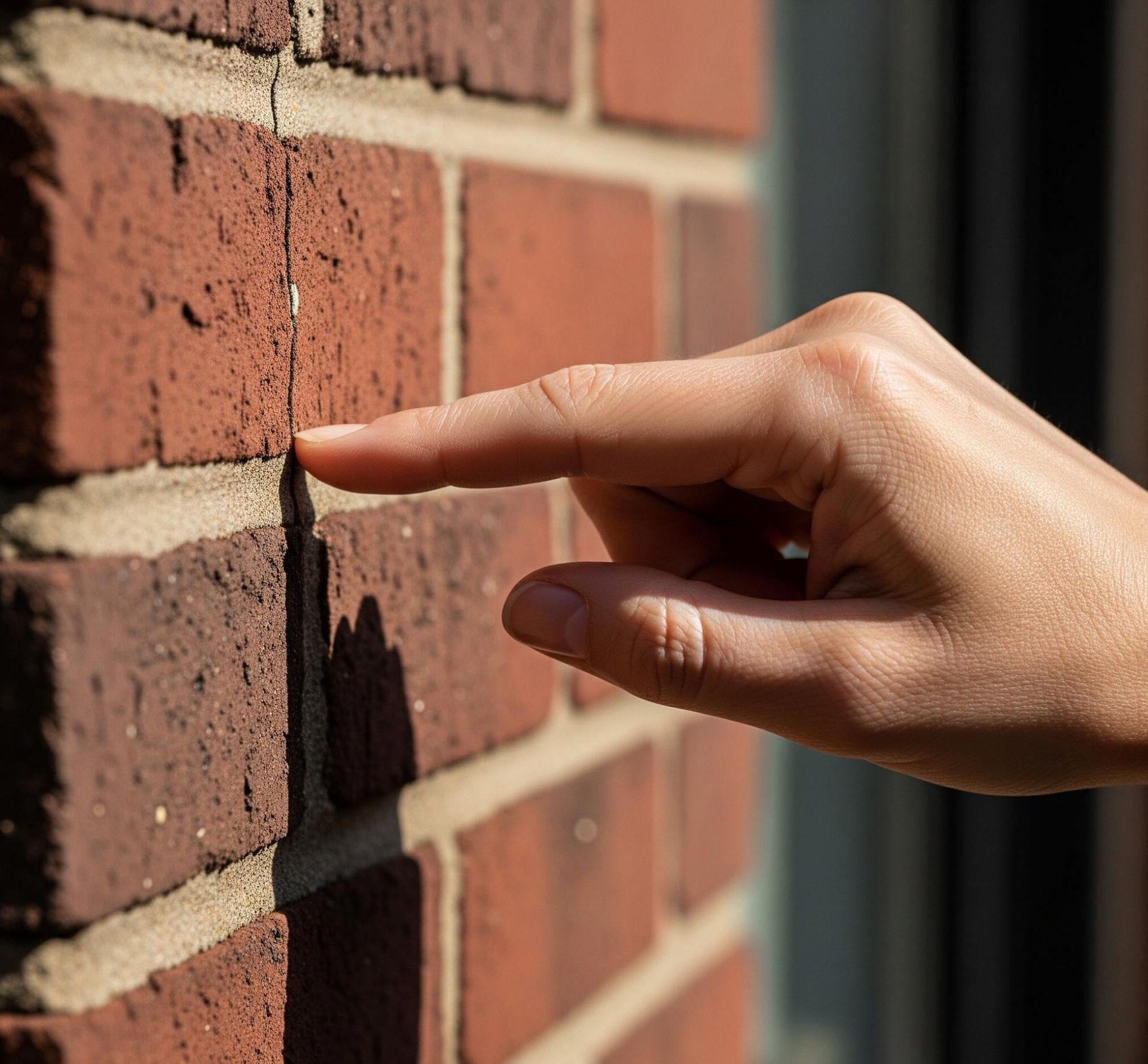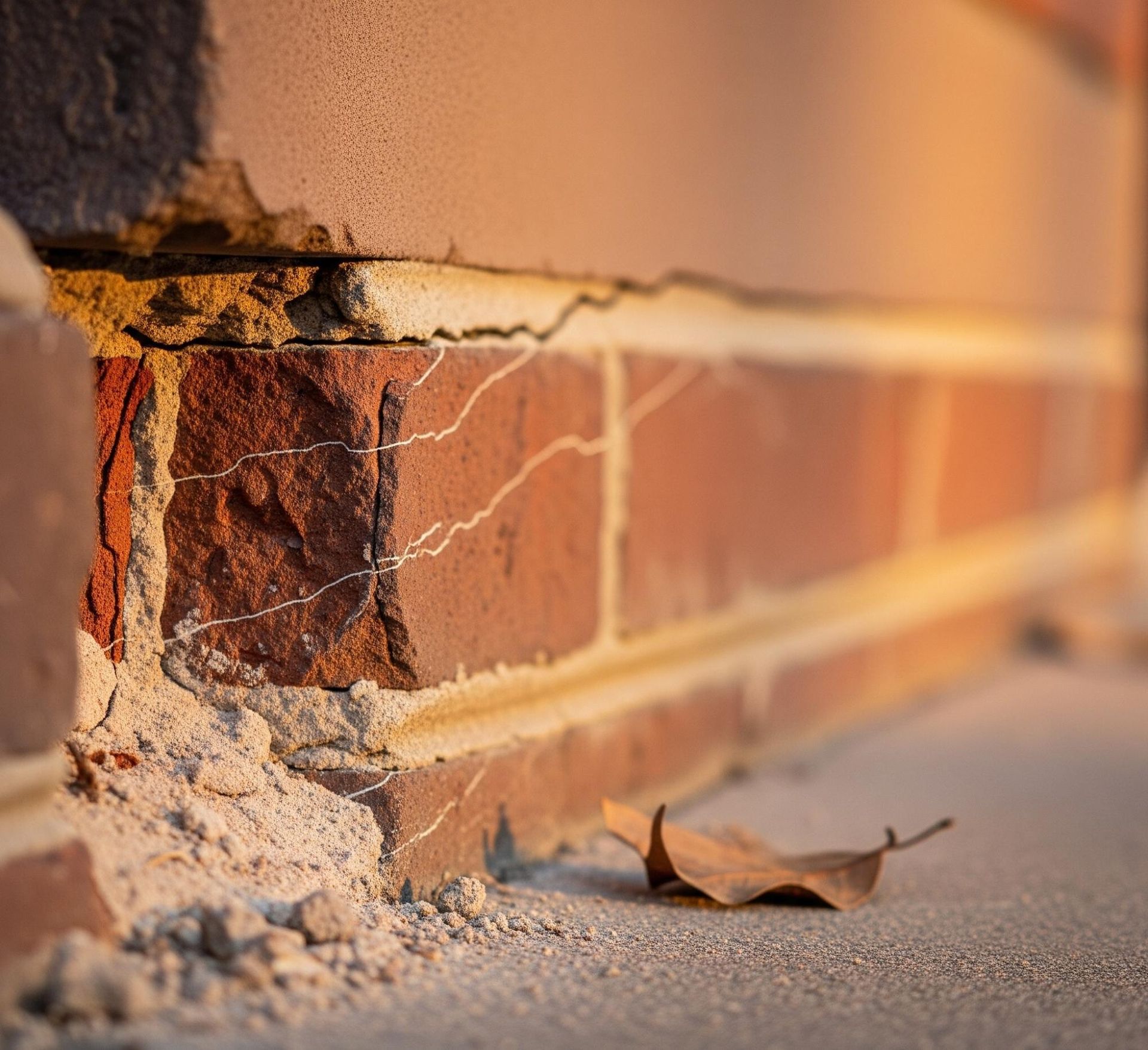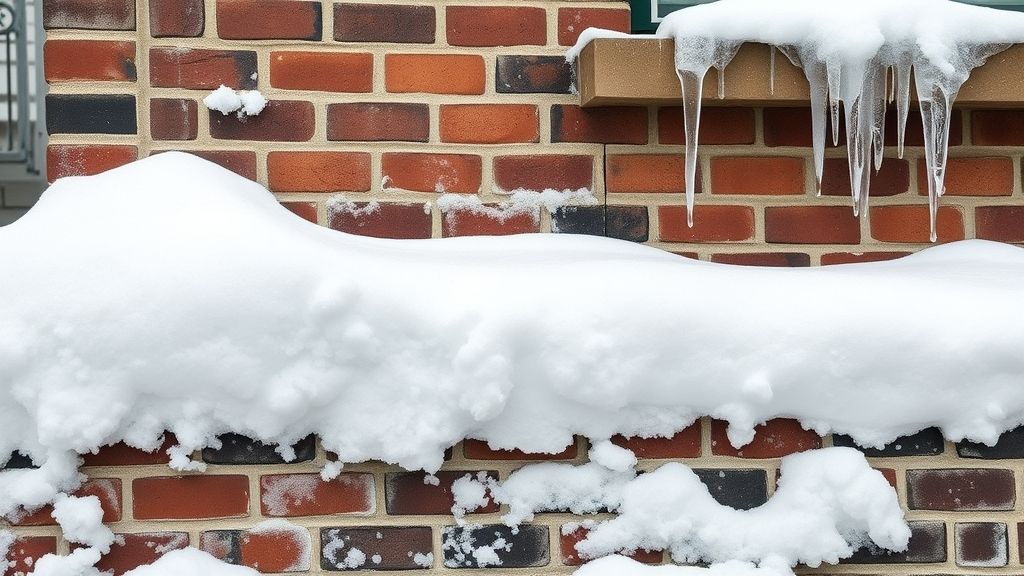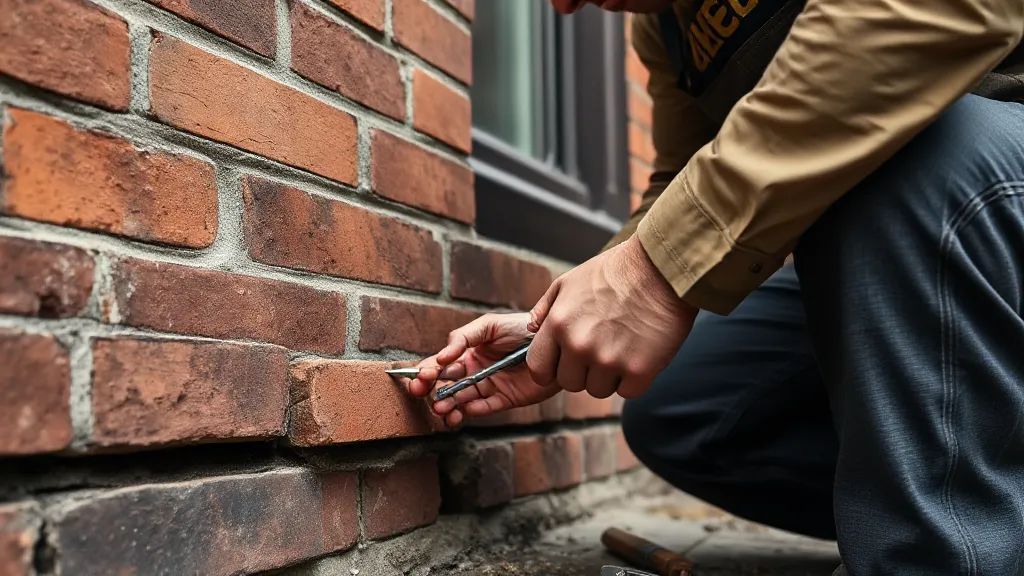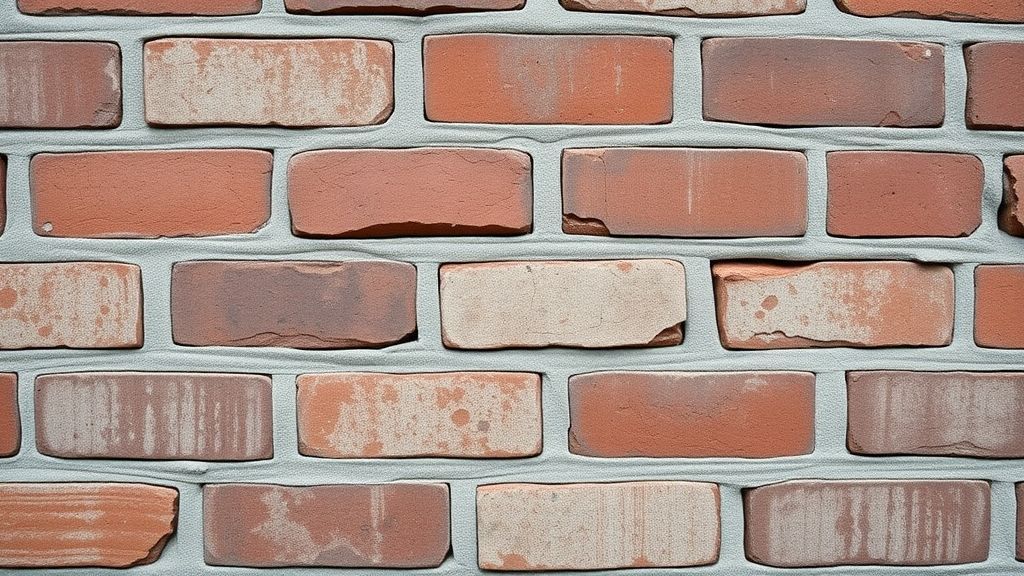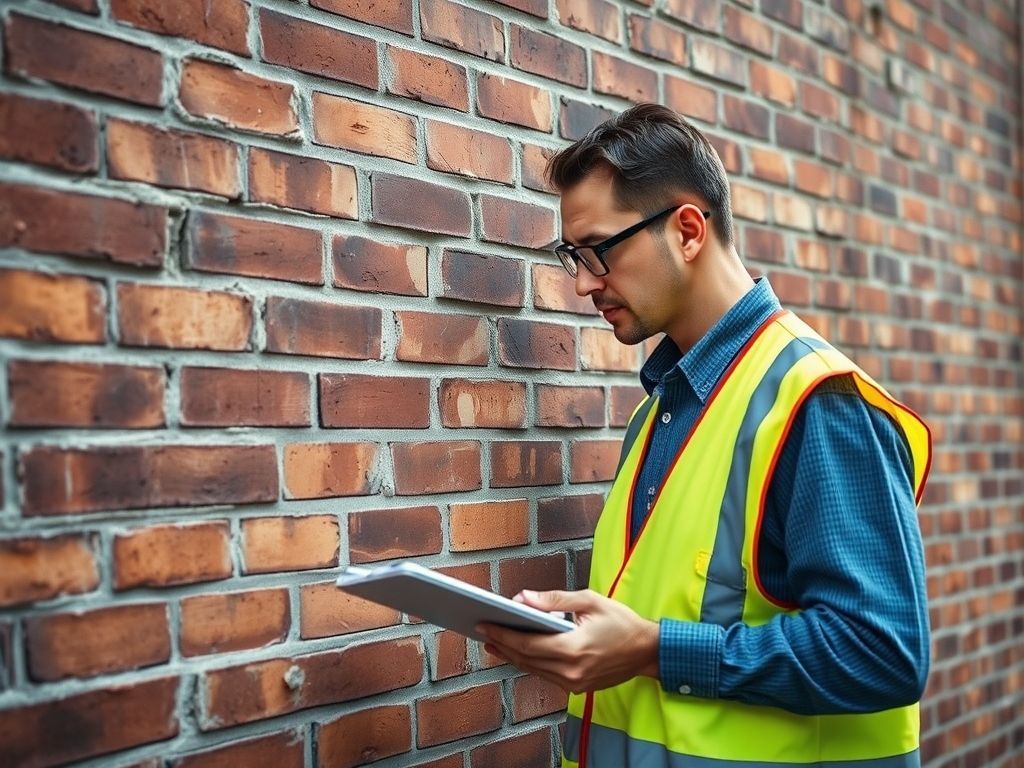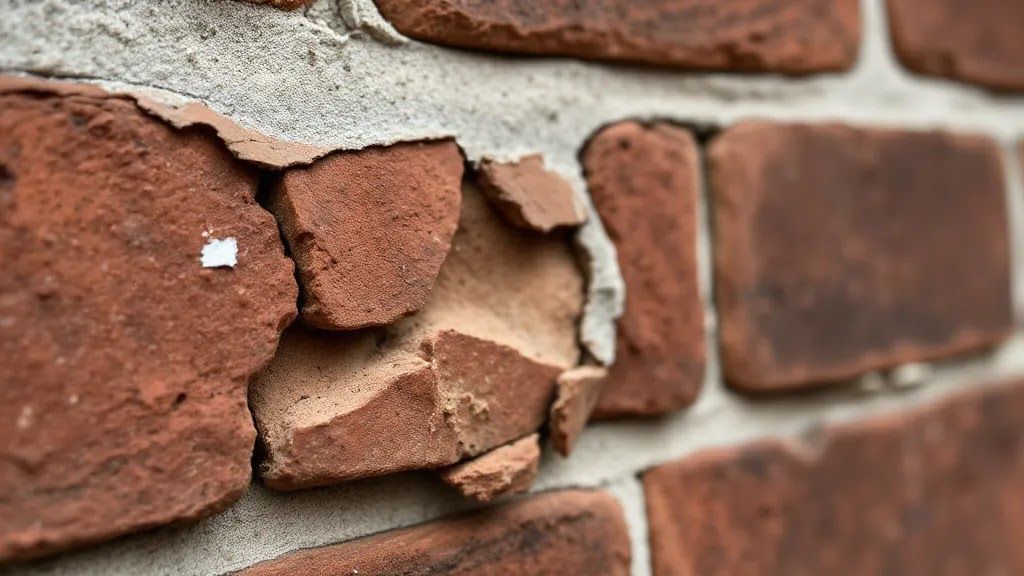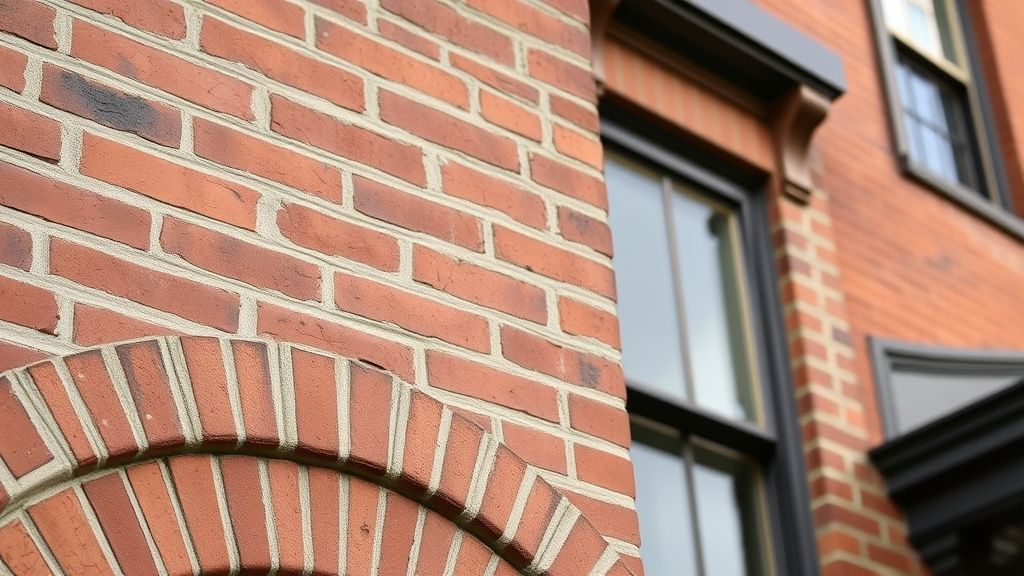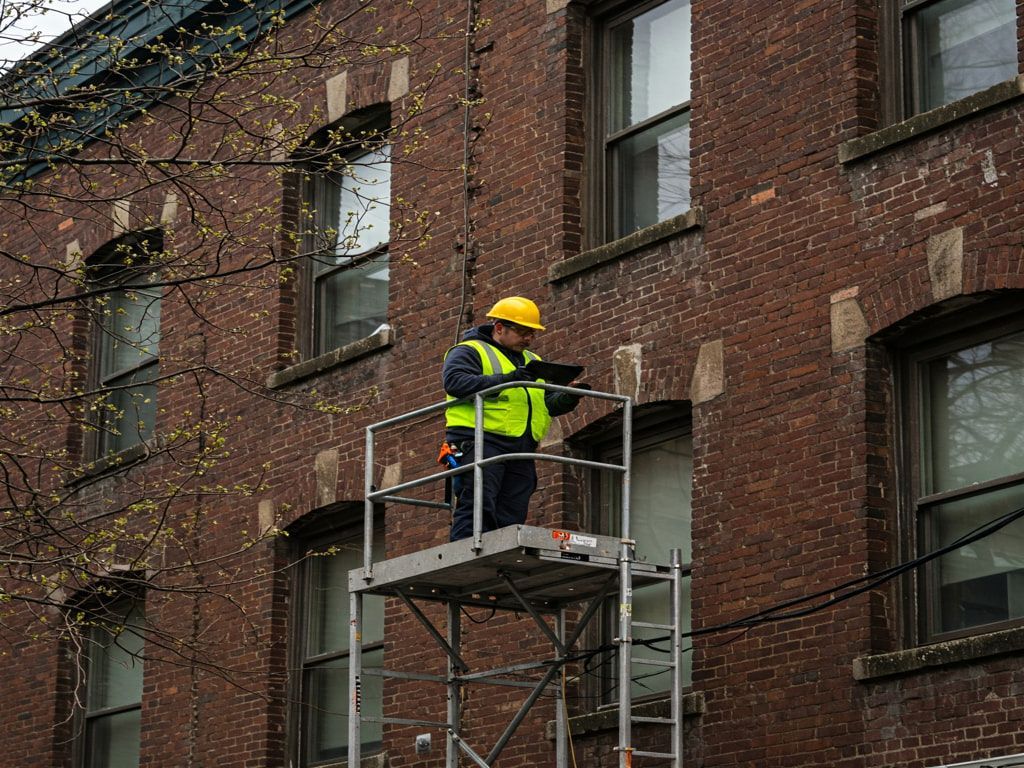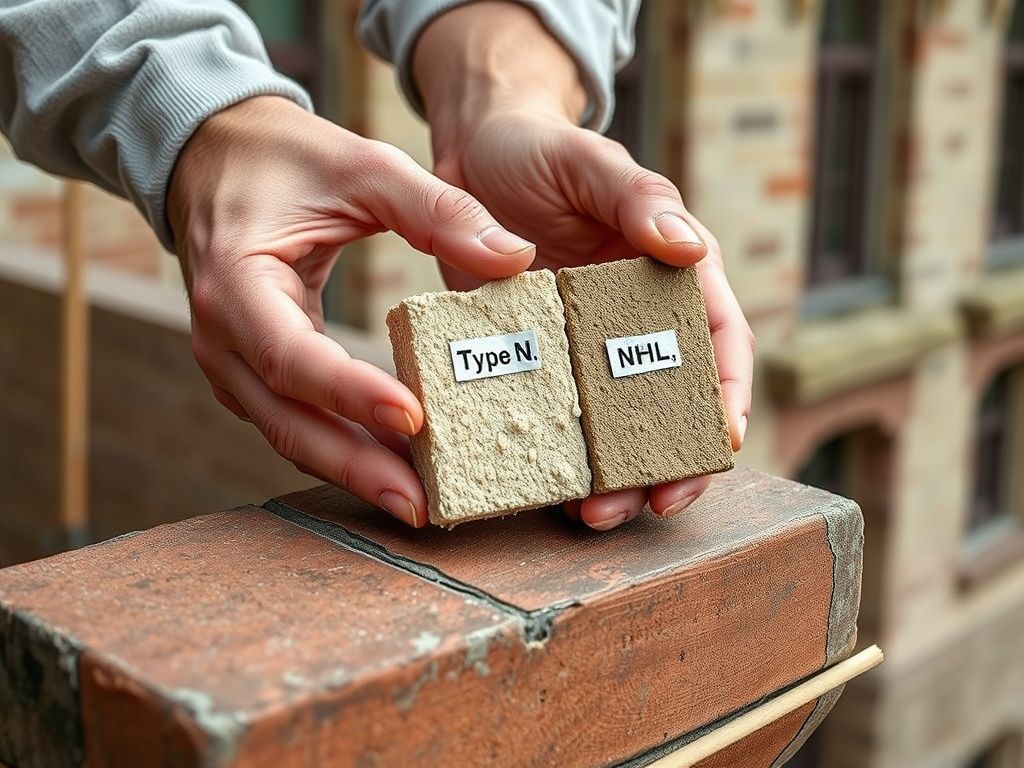Material Aging Patterns: Understanding Your Roof's Evolution
Article at a Glance:
- The Bronx's urban environment creates unique challenges for roof maintenance, including higher temperatures from the urban heat island effect and increased exposure to airborne particles
- Different roofing materials (asphalt shingles, metal, flat roofing) show distinct aging patterns and require specific maintenance schedules in urban conditions
- Seasonal maintenance is crucial, with each season presenting different challenges: spring rainfall, summer heat, fall debris, and winter snow accumulation
- Professional inspections should follow material-specific timelines, with asphalt shingles needing review every 2-3 years, metal roofing every 3-4 years, and flat roofing every 2 years
- Maintaining detailed documentation of inspections, repairs, and maintenance helps protect your investment and can impact insurance coverage
Understanding these local environmental factors and maintaining proper care schedules helps property owners in the Bronx protect their roofing investment and prevent costly repairs through early intervention.
The Bronx's urban environment presents unique considerations for roof maintenance and repairs. Understanding how various environmental factors affect your roof helps you protect your investment and maintain its integrity over time.
When considering roof repairs in Bronx, NY, it's essential to account for these local environmental influences.
The Bronx Environment and Your Roof
The Bronx experiences the urban heat island effect, leading to higher temperatures, especially in areas with less green space. According to the NYC Mayor's Office of Climate and Environmental Justice, temperatures in the Bronx have been rising, resulting in increased heat.
This added heat can intensify the effects of thermal stress and UV exposure on roofing materials, potentially leading to damage over time. Different areas within the Bronx may experience varying temperature patterns based on factors like building density and green space availability, making professional roof repairs in Bronx, NY particularly important for maintaining your property.
Environmental Factors
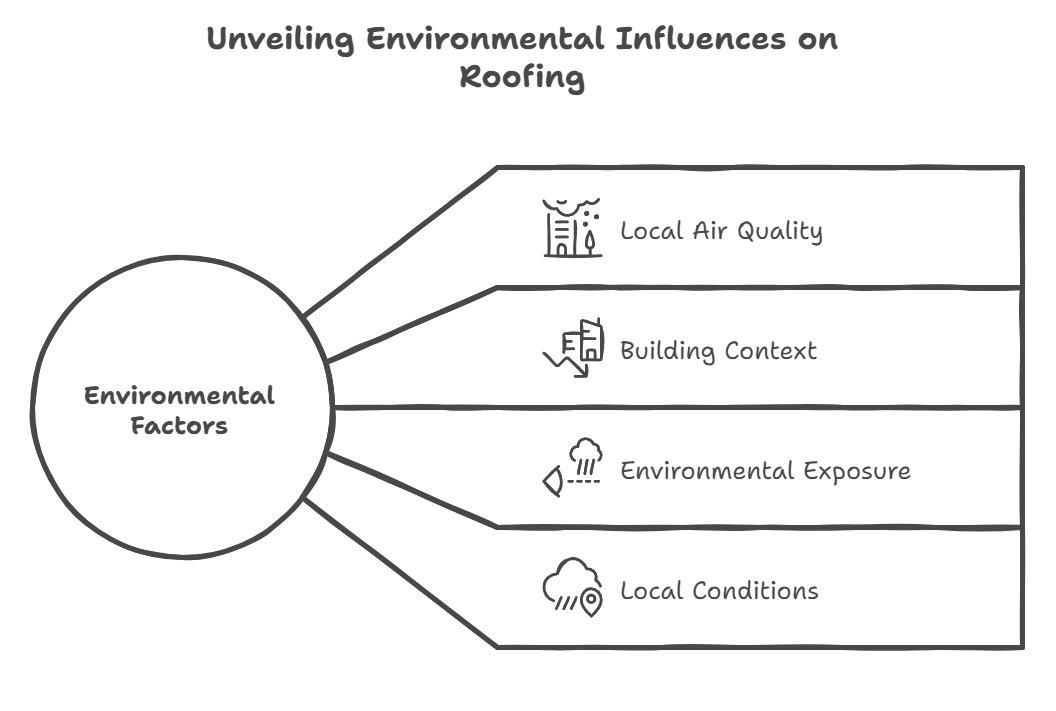
Several environmental elements can influence your roof's condition over time:
- Local Air Quality: Urban environments may have higher levels of airborne particles that can accumulate on roofing surfaces
- Building Context: Surrounding structures can affect how your roof experiences weather conditions and temperature variations
- Environmental Exposure: Weather patterns, including rainfall and temperature changes, interact with your roofing materials in ways that may require attention
- Local Conditions: The specific location of your building within the Bronx can create unique maintenance considerations
Seasonal Patterns in the Bronx
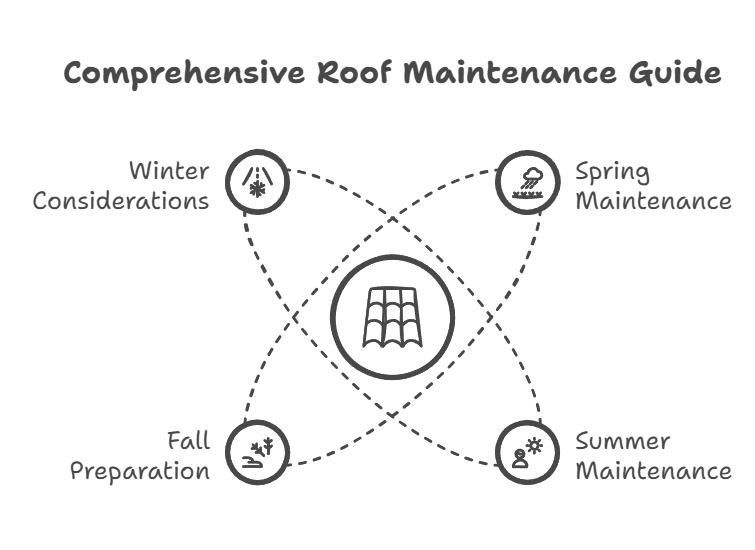
Spring Maintenance
- Regular drainage system checks become essential during increased rainfall
- Temperature variations may affect material expansion and contraction
- Post-winter assessment helps identify any necessary repairs
Summer Maintenance
- Monitoring heat-related effects on roofing materials
- Checking ventilation systems
- Assessing overall roof condition
Fall Preparation
- Clearing drainage systems of leaves and debris
- Checking for any loose materials
- Preparing for winter weather conditions
Winter Considerations
- Monitoring snow accumulation patterns
- Checking for proper drainage during thaws
- Observing how your roof handles winter conditions
Material-Specific Aging in Urban Conditions
Understanding how different roofing materials age helps you recognize normal wear versus issues requiring professional roof repairs in Bronx, NY. Here's what to expect with common roofing materials:
Asphalt Shingles
Normal aging typically appears as:
- Gradual surface texture changes that develop evenly across the roof
- Subtle color variations that occur uniformly, particularly on sun-exposed areas
- Minor granule displacement that happens gradually over time
Signs that warrant professional attention include:
- Shingles showing damage or displacement
- Significant accumulation of granules in gutters
- Areas where the underlying material becomes visible
- Shingles losing their proper adhesion
Metal Roofing
Expected aging characteristics include:
- Natural weathering of the surface finish
- Minor wear patterns in the protective coating
- Slight marking at seams from normal expansion and contraction
Watch for these warning signs:
- Areas showing early signs of oxidation
- Panels that appear loose or misaligned
- Seams that show separation
- Visible damage from external sources
Flat Roofing
Normal aging patterns include:
- Gradual changes in surface appearance
- Slight settling in certain areas
- Expected weathering from UV exposure
Conditions requiring professional evaluation:
- Water pooling that remains longer than 48 hours after rainfall
- Surface irregularities like bubbling or blistering
- Visible separation at seams
- Development of cracks or tears
Professional Assessment Guidelines
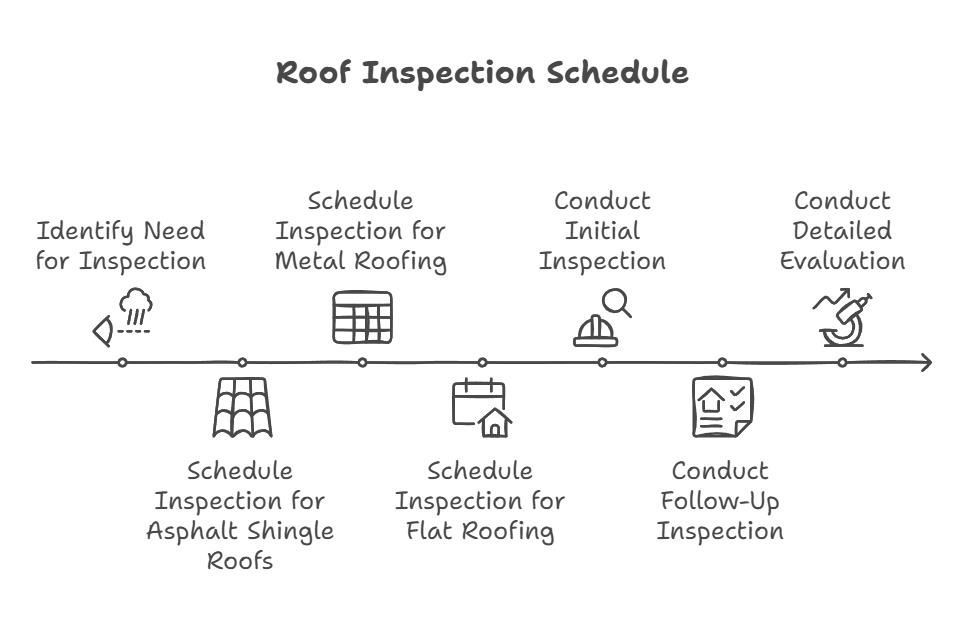
When seeking roof repairs, establishing a regular inspection schedule helps maintain your roof's integrity. Consider these timing guidelines:
For roof inspections, schedule them:
- Following significant weather events
- During property transactions
- If you notice interior moisture
- Before starting major renovations
- At regular intervals based on your roofing material
Recommended Assessment Intervals
For Asphalt Shingle Roofs:
- Initial professional review at 5 years
- Follow-up inspections every 2-3 years
- More detailed evaluation around year 15
For Metal Roofing:
- First professional assessment at 10 years
- Regular reviews every 3-4 years
- Comprehensive evaluation at 20 years
For Flat Roofing:
- Initial inspection at 3 years
- Regular assessments every 2 years
- Detailed review at 12 years
Maintenance Strategy for Bronx Conditions
A well-planned maintenance approach helps protect your roof while managing costs effectively. When considering roof repairs in Bronx, NY, it's important to organize your roof care throughout the year:
Seasonal Maintenance Priorities
Spring (March-May)
Your spring checklist should focus on assessing winter's impact and preparing for warmer weather. Key tasks include:
- Removing accumulated winter debris
- Checking for any winter-related damage
- Ensuring drainage systems work properly
- Documenting any areas needing attention
Summer (June-August)
Summer maintenance centers on monitoring how your roof handles heat and maintaining good ventilation:
- Look for any heat-related material changes
- Check that ventilation systems function correctly
- Monitor overall roof condition
- Address any small issues before they grow
Fall (September-November)
Fall preparation is crucial for winter readiness:
- Keep drainage paths clear of leaves and debris
- Check all roof seals and flashings
- Ensure proper drainage
- Document any areas needing attention before winter
Winter (December-February)
Winter monitoring focuses on how your roof handles snow and ice:
- Watch for snow accumulation patterns
- Monitor drainage during thaw periods
- Check interior spaces for signs of issues
- Document any concerns for spring attention
Budget Planning
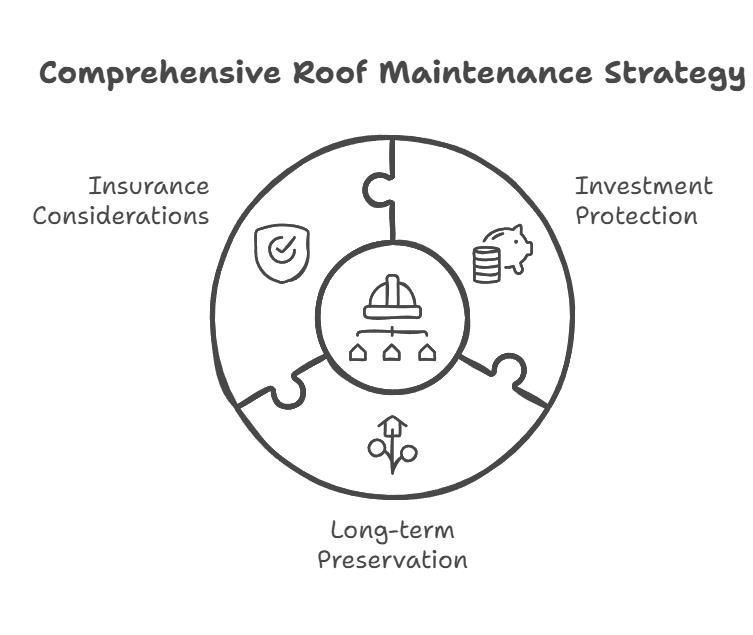
Smart financial planning helps maintain your roof effectively:
Investment Protection
Consider setting aside funds annually for:
- Regular maintenance tasks
- Professional inspections
- Addressing minor repairs promptly
- Documentation and record-keeping
Long-term Preservation
Protect your investment through:
- Maintaining detailed maintenance records
- Addressing issues when they're small
- Regular professional evaluations
- Considering preventive treatments when appropriate
Understanding Insurance Considerations
Insurance providers often have specific requirements for roof maintenance. Regular upkeep and documentation can affect your coverage and claims process. Consider:
- Keeping detailed maintenance records
- Following professional recommendations
- Understanding your policy requirements
- Maintaining communication with your insurance provider
Conclusion
Your Bronx roof faces specific environmental challenges that require thoughtful maintenance. By understanding typical aging patterns, recognizing when professional attention is needed, and maintaining regular inspection schedules, you can protect your investment effectively.
Remember that addressing small issues promptly often prevents more costly repairs, and professional guidance provides the most reliable direction for your roof's care. When seeking roof repairs in Bronx, NY, working with experienced professionals who understand local conditions helps ensure the best outcomes for your property.
Frequently Asked Questions (FAQs)
Q: "How does the urban environment affect my roof's aging process?"
A: Urban environments can accelerate roof aging through various factors including higher temperatures from the urban heat island effect, increased exposure to airborne particles, and local weather patterns. The specific impact depends on your roof's location, material type, and maintenance practices.
Q: "What are the most reliable signs that my roof needs professional attention?"
A: Key warning signs include water stains appearing on interior ceilings, visible sagging or depressions in the roof surface, damaged or missing roofing materials, unusual amounts of granules in gutters, standing water on flat roofs, and any signs of interior moisture or leaks.
Q: "How do Bronx's seasonal patterns affect roofing materials?"
A: Each season brings distinct challenges to roofing materials. Summer's heat can affect material expansion, winter brings freeze-thaw cycles, spring often tests drainage systems with increased rainfall, and fall requires attention to debris management and drainage maintenance.
Q: "What documentation should I maintain about my roof's condition?"
A: Maintain records of professional inspection reports, maintenance and repair history, dated photographs showing roof condition over time, notes about significant weather events, and any relevant maintenance activities.
Frequently Unasked Questions (FUQs)
Q: "How do nearby construction projects affect my roof?"
A: Construction in your vicinity may impact your roof through increased dust and debris exposure, potential changes in local drainage patterns, and environmental changes. It's wise to document your roof's condition before and during nearby construction projects.
Q: "What role does urban heat play in roof deterioration?"
A: Urban heat can affect roofing materials through increased thermal stress, accelerated aging of protective coatings, and greater expansion-contraction cycles. Different roofing materials respond differently to heat exposure, making material choice and maintenance particularly important.
Q: "How does air quality affect different roofing materials?"
A: Urban air quality can influence roofing materials through particle accumulation on surfaces, interaction with protective coatings, and general weathering effects. Regular cleaning and maintenance help manage these impacts.
Q: "How do insurance companies view urban roof maintenance?"
A: Insurance providers typically value documented maintenance and professional inspections. Regular maintenance records, professional assessments, and prompt attention to repairs can positively influence coverage terms and claims processing.
Q: "What makes urban roof maintenance different from suburban areas?"
A: Urban roof maintenance often requires more attention to local environmental factors, drainage systems, and material durability. The specific location within the Bronx, surrounding building context, and local conditions all influence maintenance needs and timing.
Protect Your Roof & Your Investment—Contact Us Today!
Your Bronx roof faces unique environmental challenges, but proactive maintenance and timely repairs can help extend its lifespan, prevent costly damage, and enhance energy efficiency. At City Suburb Inc, we specialize in professional roof repairs tailored to withstand urban conditions. Whether you're dealing with seasonal wear, weather-related damage, or long-term aging, our experienced team ensures your roof stays in top shape.
💬 Felicia Gluck shares her experience:
"We hired City Suburb to repair our roof and masonry service. Thank you!"
📞 Don't wait until minor issues turn into costly repairs! Contact our experts today for a free estimate and reliable roofing solutions. We proudly serve the Bronx, Queens, Brooklyn, Long Island, Manhattan, and surrounding areas.
🔗
Stay connected with us on social media for expert tips and updates:
